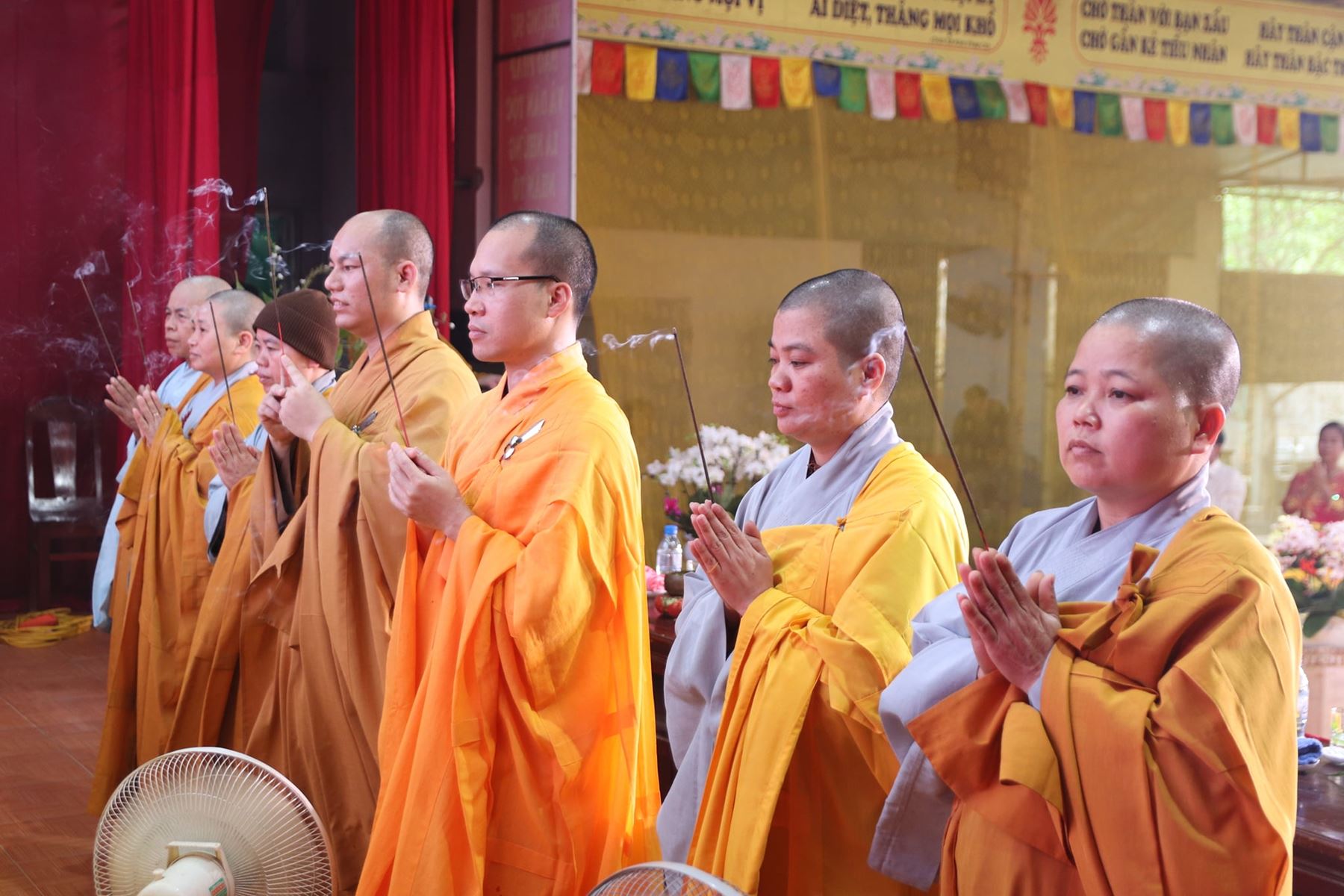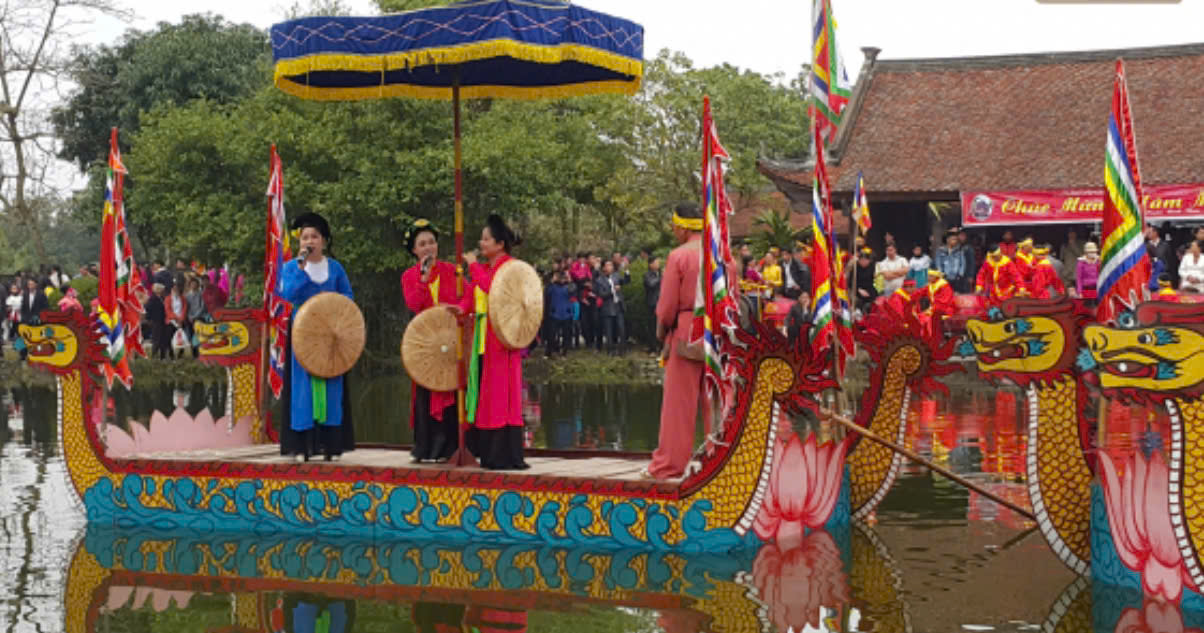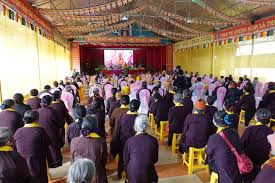The Buddhist activities at Keo Pagoda play an extremely important role in preserving the traditional cultural values of the Vietnamese people, while also meeting the spiritual needs of the local people and visitors from all over. Keo Pagoda is not only a sacred place to conduct Buddhist rituals but also a symbol of the harmony between Buddhist beliefs and Vietnamese folk culture. It is a place that preserves the beautiful traditional customs, closely linked to the history and long-standing culture of the nation.
Located in Duy Nhất Commune, Vũ Thư District, Thai Binh Province, Keo Pagoda is considered one of the oldest and most famous pagodas in Vietnam, with value not only in terms of religion but also cultural and architectural heritage. Built during the Ly Dynasty in 1061, Keo Pagoda has endured through centuries of history, preserving its ancient beauty and unique cultural values. The pagoda is not only a solemn architectural work but also a living testament to the continuation of Buddhist culture through the generations. Over the past thousands of years, Keo Pagoda has been preserved, maintained, and developed, becoming one of the most important spiritual centers of the Red River Delta region.
The Buddhist activities at Keo Pagoda are diverse and deeply connected to the spiritual life of the local people as well as Buddhists from all over. Each activity at the pagoda has profound meaning, serving not only as religious rituals but also as an opportunity for the community to show their reverence and gratitude toward their ancestors and the supreme beings of Buddhist faith. The regular religious activities organized at the pagoda include:
Reciting Prayers and Praying for Peace: Local people and Buddhists often come to the pagoda to offer incense, chant sutras, and pray for health, peace, and harmony for their families, communities, and the nation. These ceremonies not only help them connect with the spiritual realm but also offer an opportunity to express their deep respect for the Buddha and the deities, asking for blessings and good fortune for all.
Studying and Teaching Buddhist Dharma: Keo Pagoda is also a place where study sessions are held, teaching Buddhist Dharma to practitioners, helping them gain a deeper understanding of the teachings of the Buddha. These sessions provide an opportunity for people to learn and cultivate moral values, and the correct way of living according to the Buddha's teachings. These teachings not only help Buddhists find peace of mind but also help them develop an understanding of the principles of cause and effect, compassion, and wisdom in their daily lives.
Vu Lan Festival: The Vu Lan Festival is a very important event of the year, organized at Keo Pagoda to commemorate and honor the virtues of parents and ancestors. During this event, devotees come to the pagoda to offer incense, pray, and participate in rituals to honor filial piety, showing gratitude toward their parents and ancestors for their care and nurturing. Vu Lan is not only a religious event but also an opportunity to rekindle filial love, gratitude, and share affection between children and parents, and among generations within families and society.

Conclusion
All of these activities are rich in traditional cultural values, demonstrating the connection between humans and the spiritual realm, while also preserving and promoting the characteristic cultural values of Thai Binh Province in particular and Vietnamese Buddhist culture in general. Keo Pagoda is not only an ancient pagoda with immense spiritual significance but also a vibrant cultural heritage, a testament to the enduring nature of traditional values across centuries.
!["[KTMH] Trailer | WHAT TO DO TO MAKE SUMMER HOLIDAYS MORE MEANINGFUL?"](https://i3.ytimg.com/vi/s0VUGa1v6uw/maxresdefault.jpg)

.jpeg)

.jpg)